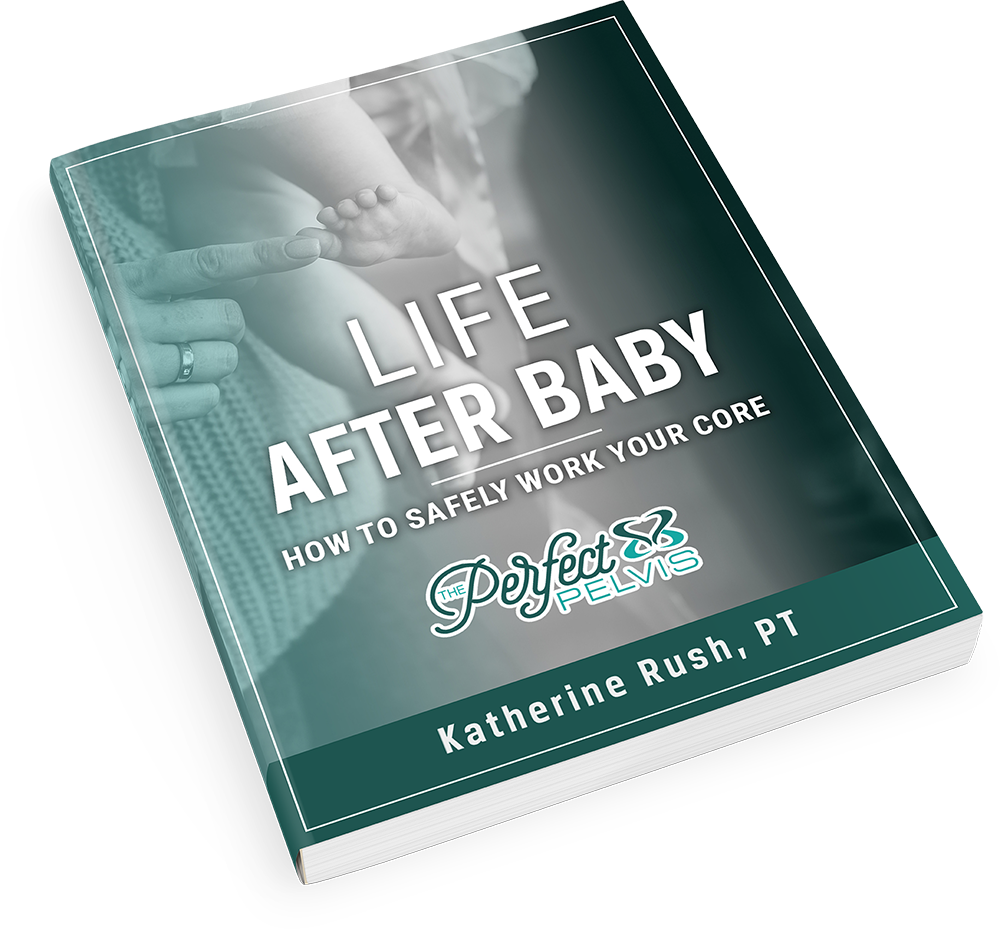Many women experience physical changes in their bodies during and after pregnancy, and one common issue that arises is diastasis recti, often referred to colloquially as “mummy tummy.” This condition involves the separation of the abdominal muscles and can lead to various health concerns. It is different from a hernia in that a hernia is a tear of the muscle and diastasis recti is an overstretching of the connective tissue. In this article, we will explore diastasis recti, its causes, symptoms, and the role of pelvic floor therapy in addressing this condition.
Section 1: What is Diastasis Recti?
Diastasis recti, often abbreviated as DR, is a condition characterized by the separation of the abdominal muscles, specifically the rectus abdominis muscles. These muscles run vertically down the front of the abdomen and are commonly referred to as the “six-pack” muscles. During pregnancy, as the uterus expands to accommodate the growing baby, the connective tissue between these muscles, known as the linea alba, can stretch and weaken. This can lead to a noticeable gap between the muscles, creating the appearance of a bulging or “mummy tummy.”
Section 2: Identifying Diastasis Recti
To determine whether you have diastasis recti, you can perform a simple self-assessment:
- Lie on your back with your knees bent and feet flat on the floor.
- Place your fingertips on your abdomen, just above your belly button.
- Gently lift your head and shoulders off the floor, as if doing a mini-crunch.
- Feel for a gap or separation between the two sides of your rectus abdominis muscles.
- Note the width of the gap and whether it deepens or narrows as you engage your abdominal muscles.
A gap of more than two finger widths, a noticeable bulge, or a separation that deepens during the test may indicate diastasis recti. However, it’s essential to consult with a healthcare professional for a proper diagnosis.
Section 3: Causes and Risk Factors
Diastasis recti is most commonly associated with pregnancy due to the stretching and weakening of the abdominal muscles to accommodate the growing fetus. However, several other factors and risk factors can contribute to or exacerbate the condition:
- **Multiple Pregnancies**: Women who have had multiple pregnancies are at a higher risk of developing diastasis recti.
- **Large Babies**: Carrying a larger-than-average baby during pregnancy can increase the likelihood of muscle separation.
- **Improper Exercise Techniques**: Performing certain exercises incorrectly or engaging in strenuous abdominal exercises during and after pregnancy can strain the muscles and contribute to DR.
- **Genetics**: Some individuals may be genetically predisposed to weaker connective tissue, making them more susceptible to diastasis recti.
- Obesity. Carrying extra weight- especially in the abdominal area- can make it more likely that you will develop diastasis recti.
Section 4: Symptoms and Concerns
While diastasis recti is primarily characterized by the separation of abdominal muscles, it can lead to various symptoms and health concerns, including:
- **Mummy Tummy Appearance**: The most visible symptom is the protruding belly or “mummy tummy” that results from the muscle separation.
- **Back Pain**: Weakened abdominal muscles can lead to lower back pain as they struggle to support the spine.
- **Core Weakness**: A weakened core can affect posture, stability, and overall strength.
- **Pelvic Floor Issues**: DR can be associated with pelvic floor dysfunction, contributing to urinary incontinence and other pelvic health problems.
- **Digestive Problems**: Some individuals with diastasis recti may experience digestive issues due to reduced abdominal support.
Section 5: Treatment for Diastasis Recti
Now that we understand diastasis recti, let’s explore the role of pelvic floor therapy in addressing this condition.
**Pelvic Floor Therapy**: Pelvic floor therapy is a specialized form of physical therapy that focuses on the muscles and structures of the pelvic region, including the abdominal muscles affected by diastasis recti. It can be a valuable part of the treatment plan for individuals with DR.
**Treatment Goals**: The goals of pelvic floor therapy for diastasis recti include strengthening and restoring the function of the abdominal muscles, improving core stability, and addressing any associated pelvic floor issues. Research has found that increasing the tension in the connective tissue is more important to the function of the abdominals than closing the gap is. So treatment may include helping muscles that are “pulling” the area apart to relax.
Conclusion
Diastasis recti, often referred to as “mummy tummy,” is a common concern for individuals, particularly women, during and after pregnancy. It can lead to various symptoms and health concerns, affecting both appearance and overall well-being. Fortunately, pelvic floor therapy is an effective approach to address diastasis recti and related pelvic floor issues.
In the Kansas City area, individuals have access to qualified pelvic floor therapists at The Perfect Pelvis who can provide personalized treatment plans to strengthen abdominal muscles, improve core stability, and enhance pelvic floor health. If you suspect you have diastasis recti or are experiencing related symptoms, don’t hesitate to reach out to us at (816)607-3747.







